Today’s most common form of decorative concrete is exposed aggregate with small stones and pebbles throughout.











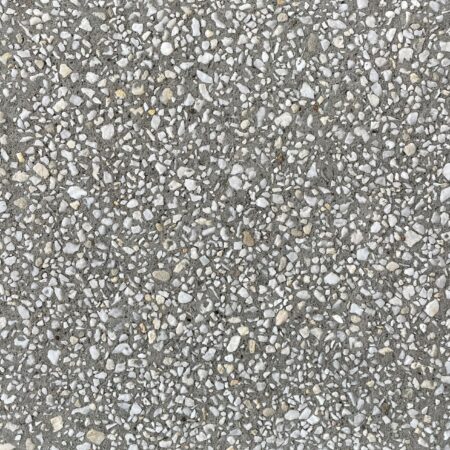







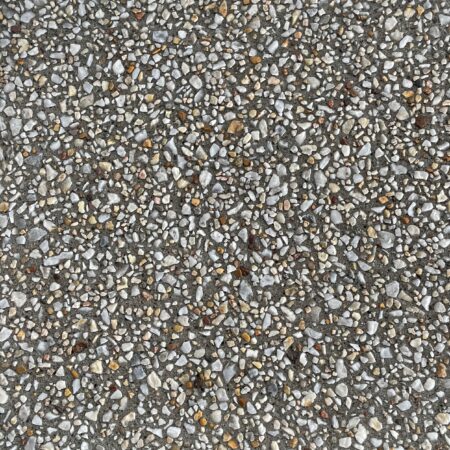



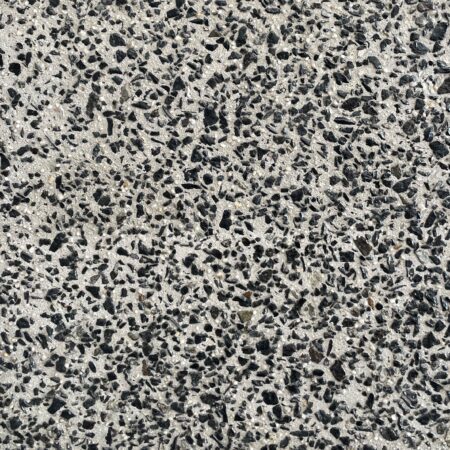


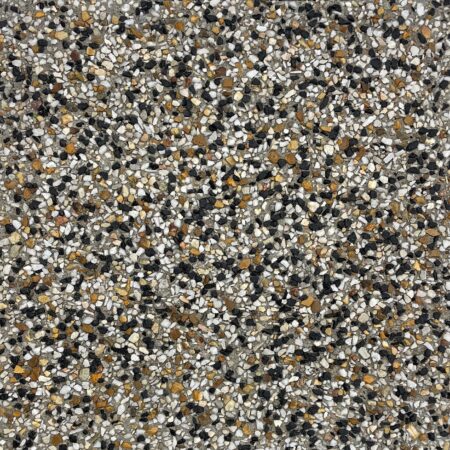











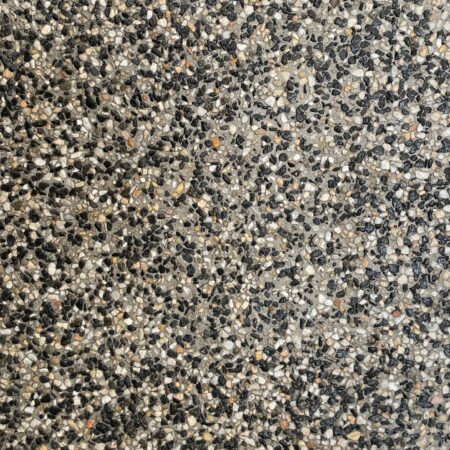



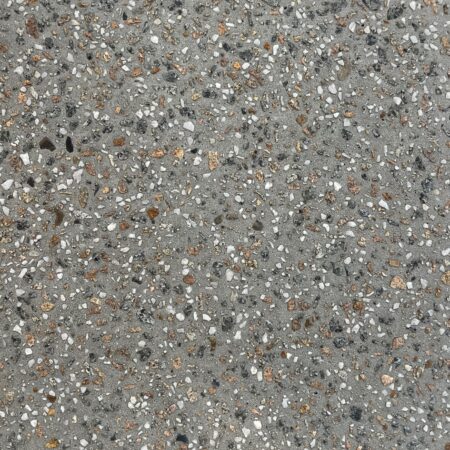





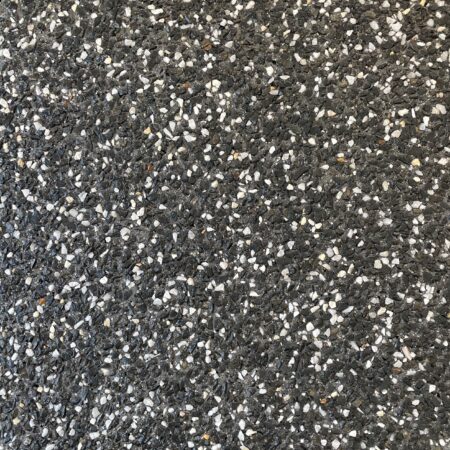




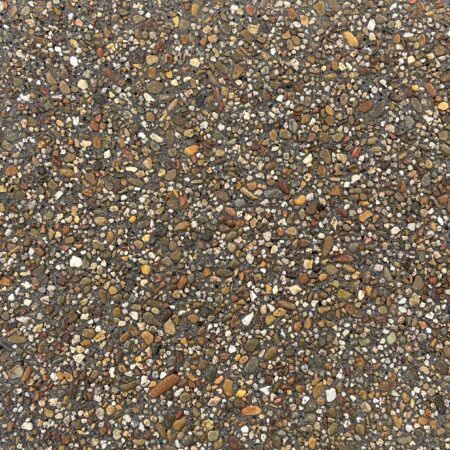
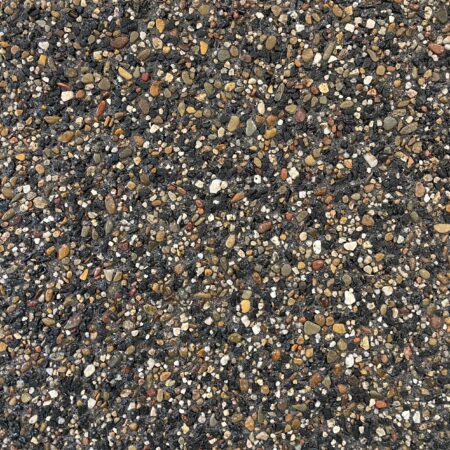
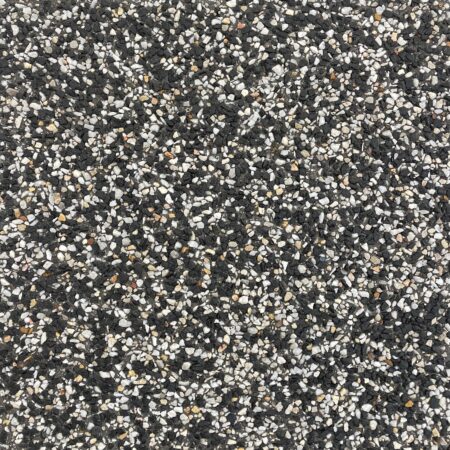

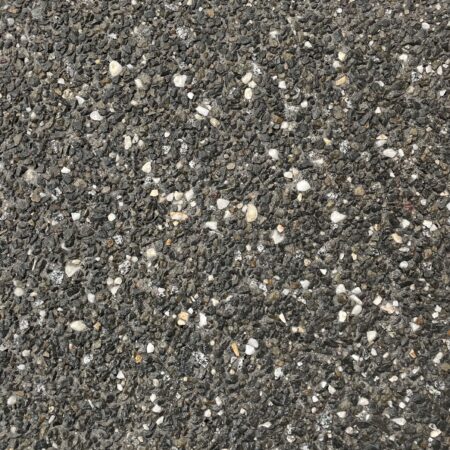



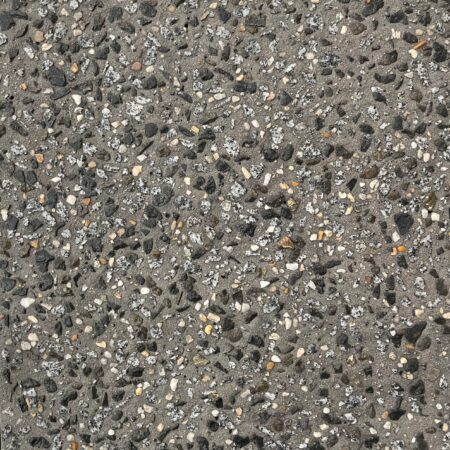






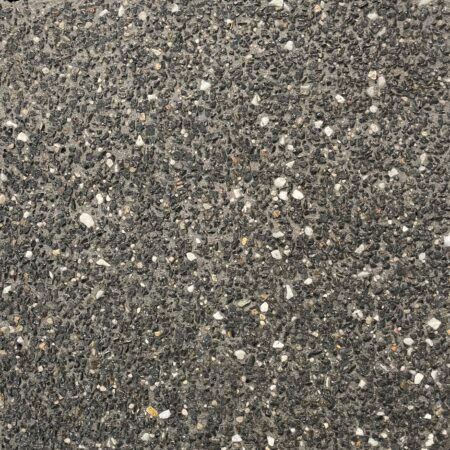








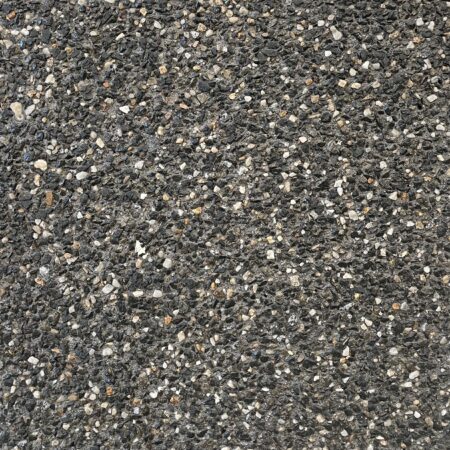

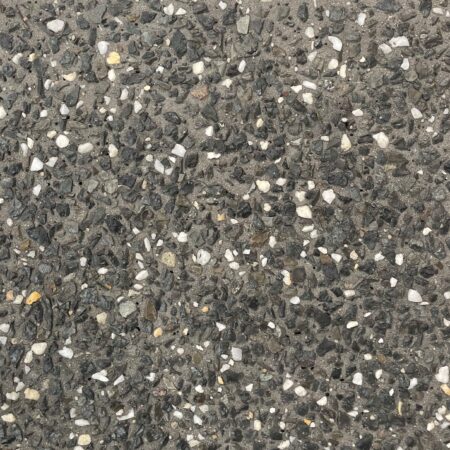

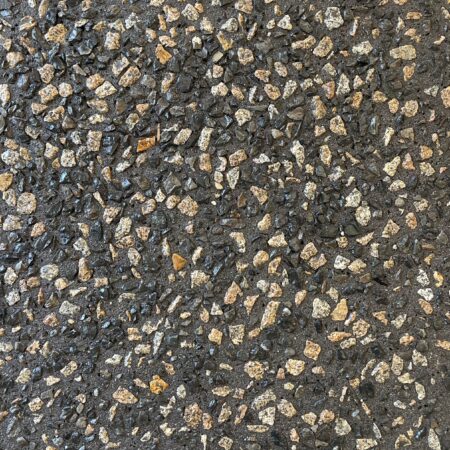



































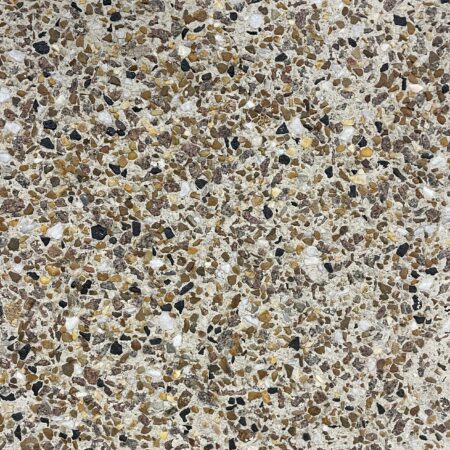











Exposed aggregate concrete blends durability with style, showcasing the natural stones and pebbles within to create a robust, slip-resistant finish ideal for pools, driveways, and high-traffic areas. Metro Mix Concrete works closely with Melbourne’s architects and designers to provide one of Melbourne’s largest selection of custom concrete finishes, each crafted for both aesthetic appeal and functionality.


With options from classic grey and charcoal bases to custom off-whites and oxides, our selections bring out the best in any design. Visit our Dandenong South showroom or contact us to discuss a unique concrete solution tailored to your project.
Visit Our Showroom
Exposed Aggregate concrete is placed (min thickness usually 100mm, for driveways).
Once the exposed aggregate is on the ground the concreter screeds the concrete, forming the area’s levels and run offs.
A bull float is then used to smooth out all screed lines and flatten the surface.
As the exposed aggregate mix begins to set, they will edge all necessary areas and hand or stick trowel the entire surface to once again smooth out all imperfections, this also helps to flatten out all aggregate below giving it a very even and consistent look once washed off.
Once the exposed aggregate has been finished and the bleed water has begun to dry up, they will spray on a surface retarder which is designed to keep the very top layer of the concrete moist. These retarders are coloured to enable the concreter to see where it has been applied.
In some applications, including hotter days and the wetter months they may cover the exposed aggregate with polythene to protect it from the elements.
The concreter will return the following day to expose the area (we do not recommend same day wash off).
The washing process is a crucial part of a quality exposed aggregate job, the concreter must be careful and just wash off enough of the slurry to expose the aggregate and achieved an even smooth finish.
– If too much slurry is washed away this is known as over exposure which can make the mix look different as the majority of the slurry is removed from in between the aggregates.
– On the other hand, if not enough of the slurry is washed off this is known as under exposure which can also make the mix look different as there will be more slurry which will give it the appearance that there is less aggregate, but really the aggregate is still there but just deeper under the surface.
Once exposed the concreter will then acid wash the surface (sometimes same day or next day) using a mix of hydrochloric acid and water, this helps clean all residue including excess slurry and other contaminants, this process can also be used to even out inconsistencies in the exposure.
If the area is big enough the concreter will saw cut, expansion cuts to help minimise and control cracking. They will wash area after cutting (they may acid wash after saw cuts).
Once the concrete surface has dried out to a suitable level, the concreter will apply a surface sealer (usually 2 coats) this not only protects the concrete but increases colour and enhancement of the exposed aggregate.
Call us on (03) 9551 8890
Visit our showroom